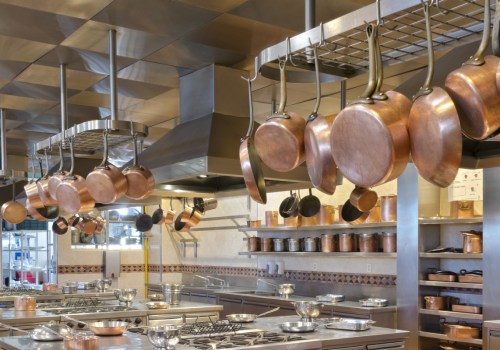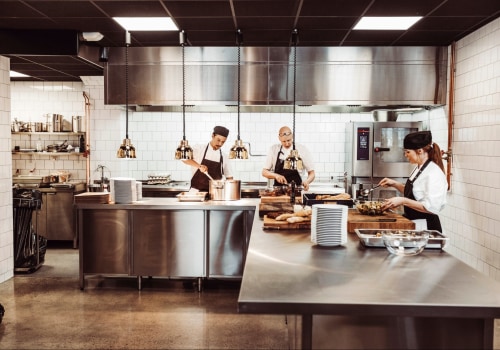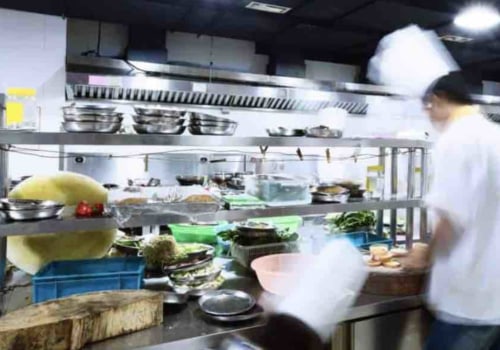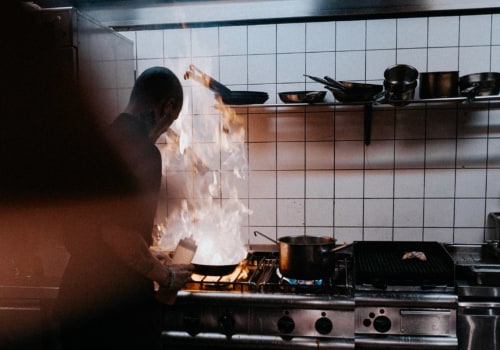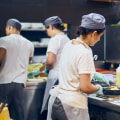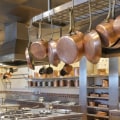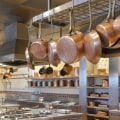The concept of a ghost kitchen emerged around the same time that the demand for food delivery in restaurants began to increase. As more people started ordering food at home, ghost kitchen companies saw an opportunity to address this new demand and ghost kitchens became the solution. In short, ghost kitchens are physical spaces for operators to create food for consumption outside the facility. And in apps like Grubhub and DoorDash, listings of restaurants that operate with ghost kitchens don't usually look different from traditional establishments.
For example, where I live in Northern Colorado, there's a restaurant called Rocco's Ravioli that appears on apps. But Rocco's doesn't have a shop window. It's a food delivery service that makes food in a ghost kitchen. A number of new companies and models have emerged to help restaurants prepare food off-site and even deliver it.
Ghost kitchens can house a brand that only makes home deliveries or several separate entities in the same building. A commercial food establishment can house from one to several individual brands. The restaurant creates a workflow that allows workers in the ghost kitchen to focus on preparing delivery orders. Take Local Culinary as an example, a ghost kitchen company that operates more than 40 brands of virtual restaurants with generic names such as Chef Burger or Pizza Mania.
Even before the pandemic, ghost kitchens were opening in response to growing consumer demand for restaurant meals at home. Some small food operators used ghost kitchens to gain a foothold in the market at a time when opening a standard restaurant with a dining room would have been unthinkable. Ghost kitchens are based on the fundamental change in consumer behavior that all restaurants have been experiencing; they reduce the costs associated with restaurants where you can eat at home by capitalizing on the increase in online orders. So what is a ghost kitchen all about? It is a concept that allowed restaurants to prepare food for home delivery when there were gastronomic restrictions.
One trend that I am seeing is the formation of central ghost kitchens, type of economato, with several restaurants or brands that work in the same physical space. Even national chains such as Chili's and Applebee's used ghost kitchens to maintain cash flow and try new menu dishes with different brands in case the ideas failed. This prevents ghost kitchen operators from spending money on furniture, decor and a traditional industry menu. However, as pandemic-related restrictions have been relaxed, the trend towards ghost kitchens has remained strong.
Either way, anyone can cook their hamburger, tacos or pizza anywhere, making the ghost kitchen concept so lucrative and attractive to owners and investors. A ghost kitchen is a food preparation facility without waiters, a dining area, or a parking lot for guests. Many traditional restaurant owners are starting to manage a ghost kitchen to complement their main establishment. With customers adapting to the trend quickly and easily, ghost kitchens are likely here to stay.
Its inventory is the so-called ghost kitchens, meal preparation facilities outside the facilities that are not tied to physical restaurants.
